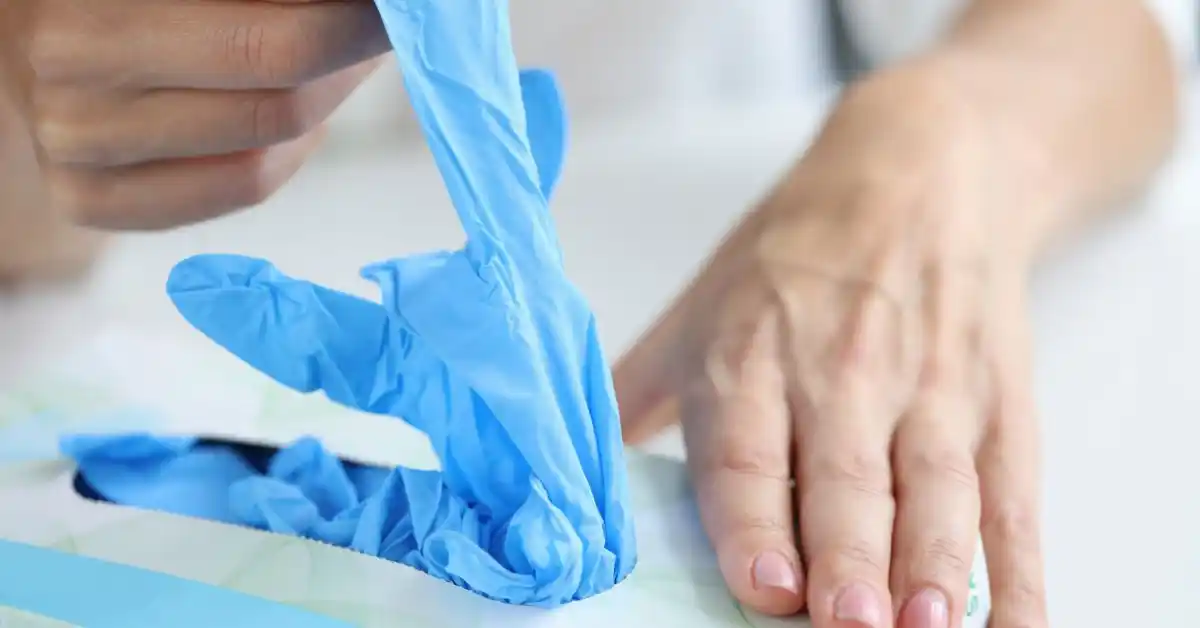
Why Do Gloves Expire? Understanding the Lifespan and Importance of Proper Use
The Science Behind Glove Expiration: What Happens Over Time? Understanding the science behind glove expiration is crucial for anyone who relies on them, whether in

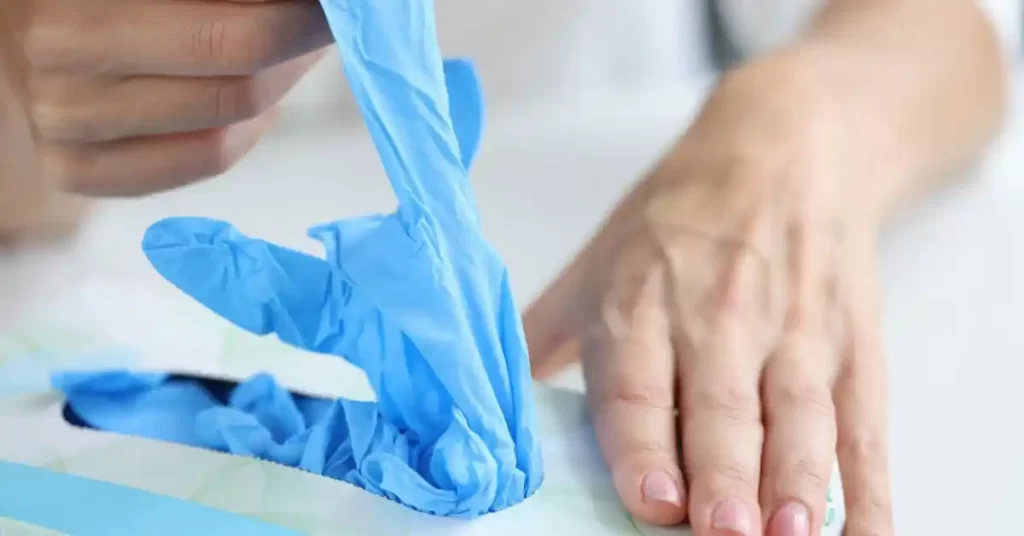
Understanding the science behind glove expiration is crucial for anyone who relies on them, whether in healthcare, food service, or industrial settings. So, why do gloves expire? The answer lies in the materials used to manufacture them. Most disposable gloves are made from latex, nitrile, or vinyl—each with its unique properties and vulnerabilities. Over time, exposure to environmental factors such as heat, light, and humidity can degrade these materials.
The shelf life of gloves varies by type. For example, nitrile gloves typically have a longer shelf life than latex gloves because of their resistance to degradation. This difference in durability can impact how long the gloves remain effective for their intended use. As they age, even unopened boxes of gloves can lose their structural integrity and protective capabilities. This deterioration can lead to micro-tears that compromise safety and effectiveness.
Understanding the signs that your gloves have expired is crucial for maintaining safety and effectiveness in any task. But why do gloves expire in the first place? Over time, exposure to environmental factors such as heat, light, and moisture can degrade the materials used in glove construction, compromising their protective qualities.
So how can you identify expired gloves? Look for several key indicators:
1. **Discoloration**: If your gloves have changed color or appear faded, this could signal material breakdown.
2. **Cracks or Tears**: Any visible cracks or tears are a clear sign that the integrity of the glove has been compromised.
3. **Loss of Elasticity**: Gloves that feel stiff or no longer fit snugly may have lost their elasticity and should be replaced.
4. **Chemical Odors**: A strong chemical smell can indicate that the materials are breaking down and potentially releasing harmful substances.
In conclusion, understanding the science behind glove expiration is essential for ensuring safety in various settings, from healthcare to food service. Gloves made from latex, nitrile, or vinyl each have distinct shelf lives and vulnerabilities to environmental factors that can lead to degradation over time. It is crucial to recognize signs of expired gloves, including discoloration, cracks, loss of elasticity, and chemical odors, to ensure their protective capabilities are maintained. Regularly checking for these indicators can help in maintaining a safe and effective barrier against potential hazards. By being vigilant about glove condition, individuals can ensure they are adhering to recommended usage guidelines. This proactive approach helps safeguard both themselves and others from potential hazards linked to compromised protective gear. Ultimately, staying informed about glove expiration not only enhances safety but also promotes responsible practices in any field that relies on these essential tools.

The Science Behind Glove Expiration: What Happens Over Time? Understanding the science behind glove expiration is crucial for anyone who relies on them, whether in
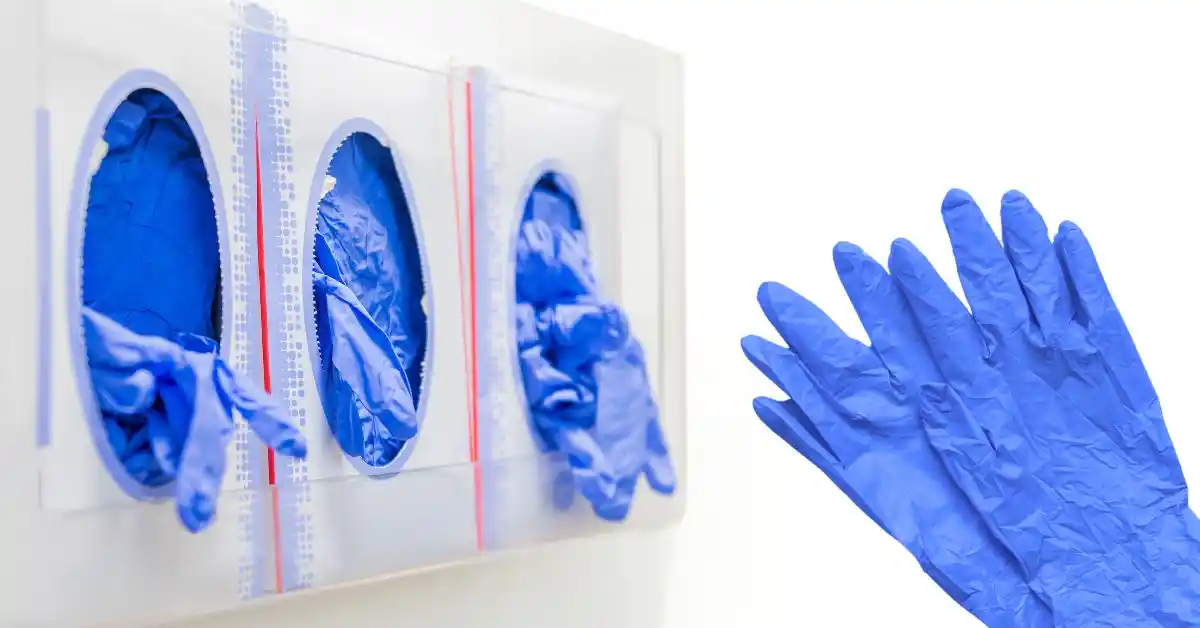
The Importance of Knowing Expiration Dates for Medical Gloves Understanding the expiration dates of medical gloves is crucial for ensuring safety and efficacy in healthcare
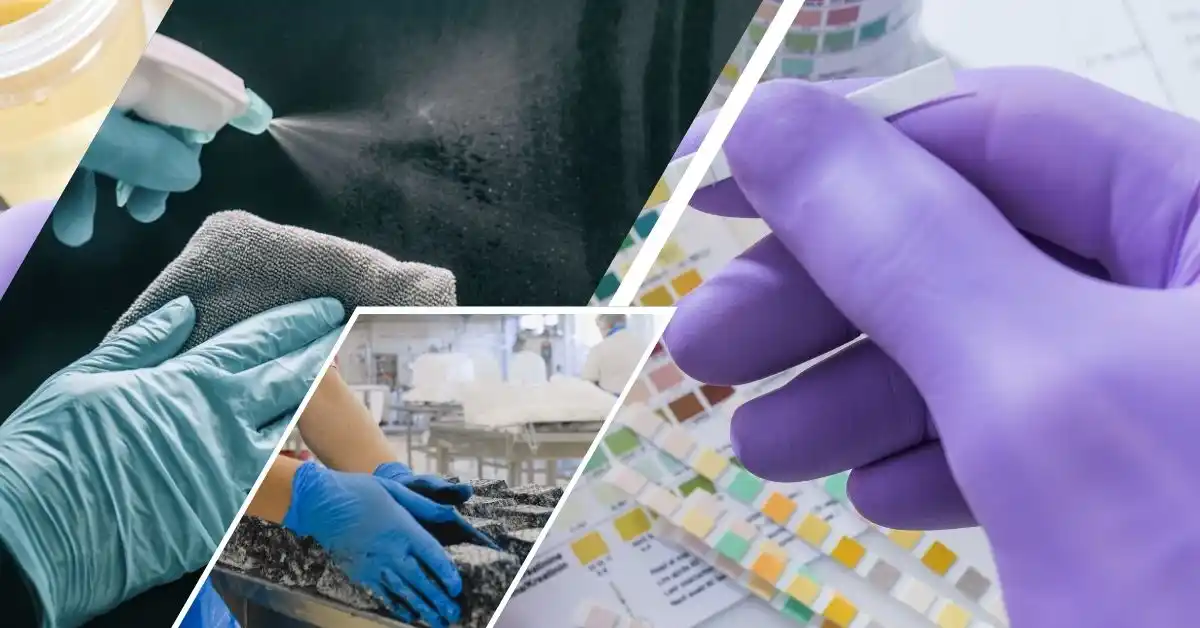
Healthcare Professionals: The Primary Users of Nitrile Gloves In the realm of personal protective equipment (PPE), nitrile gloves stand out as a crucial component, particularly
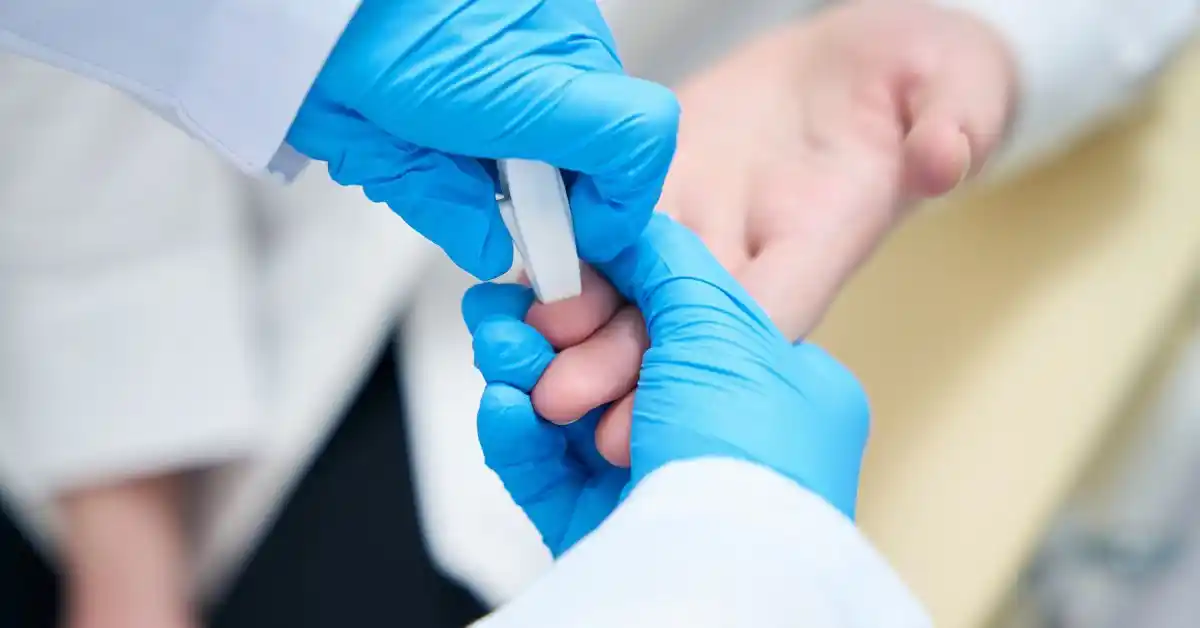
Understanding Puncture Resistance: What It Is and Why You Need It Understanding puncture resistance is crucial for anyone who prioritizes safety in their work environment.
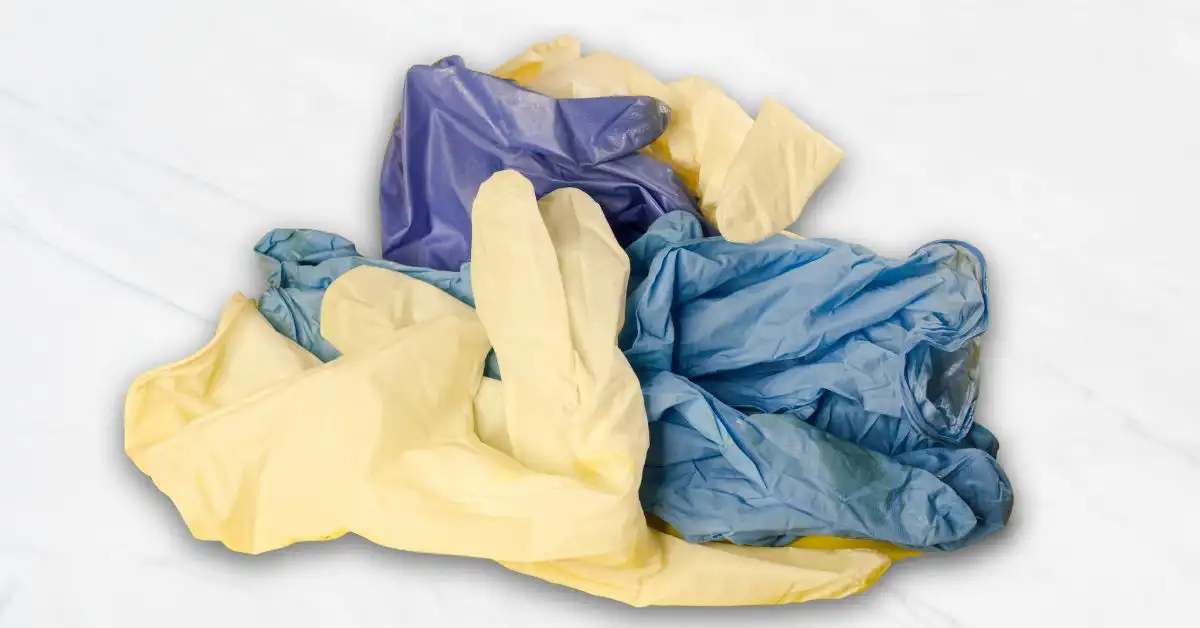
The Origins of Surgical Gloves: A Historical Overview The origins of surgical gloves can be traced back to a pivotal moment in medical history that
Driven by a passion for excellence, our mission is to consistently deliver the highest quality products at the most affordable prices. We aim to exceed customer expectations, creating value and trust.
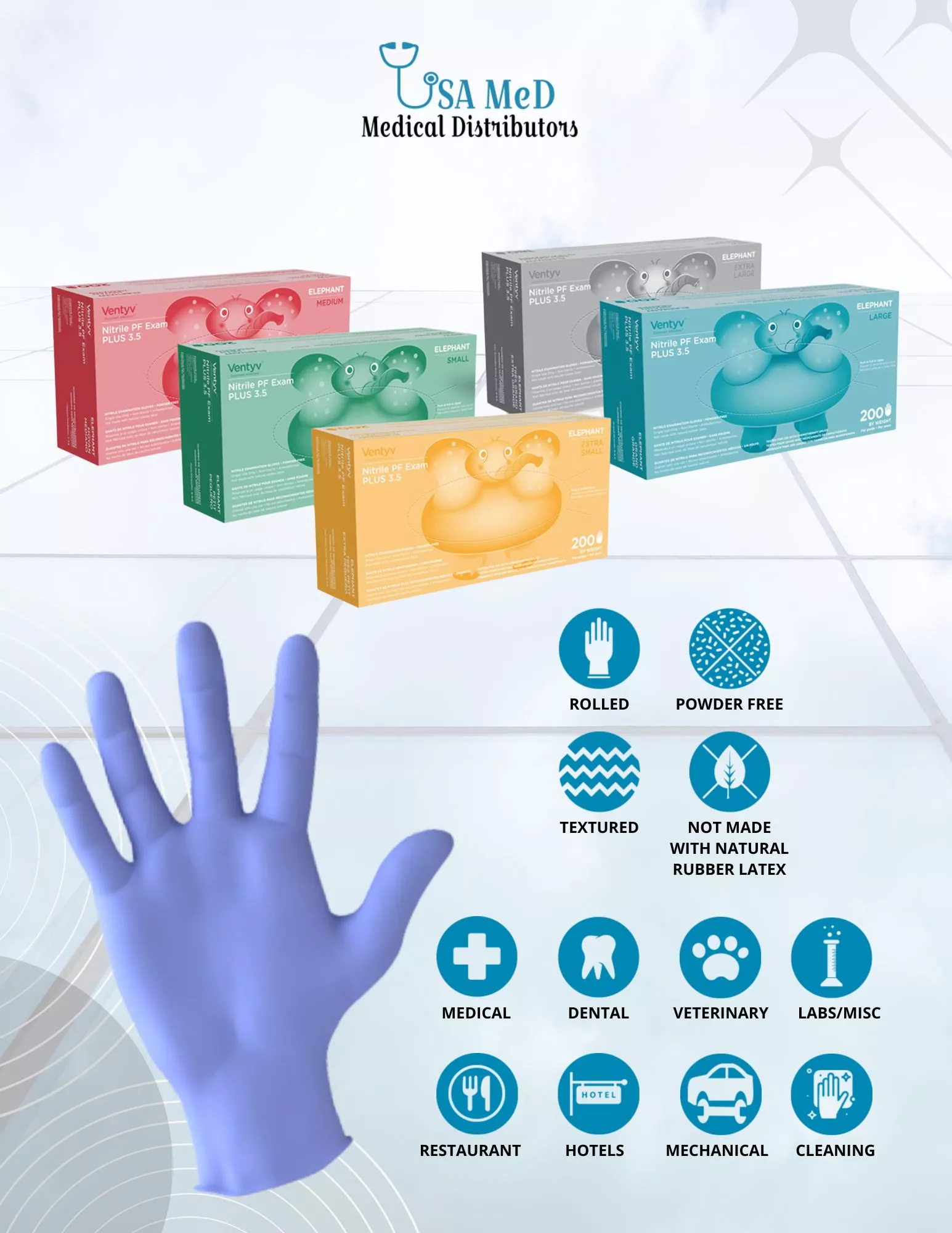
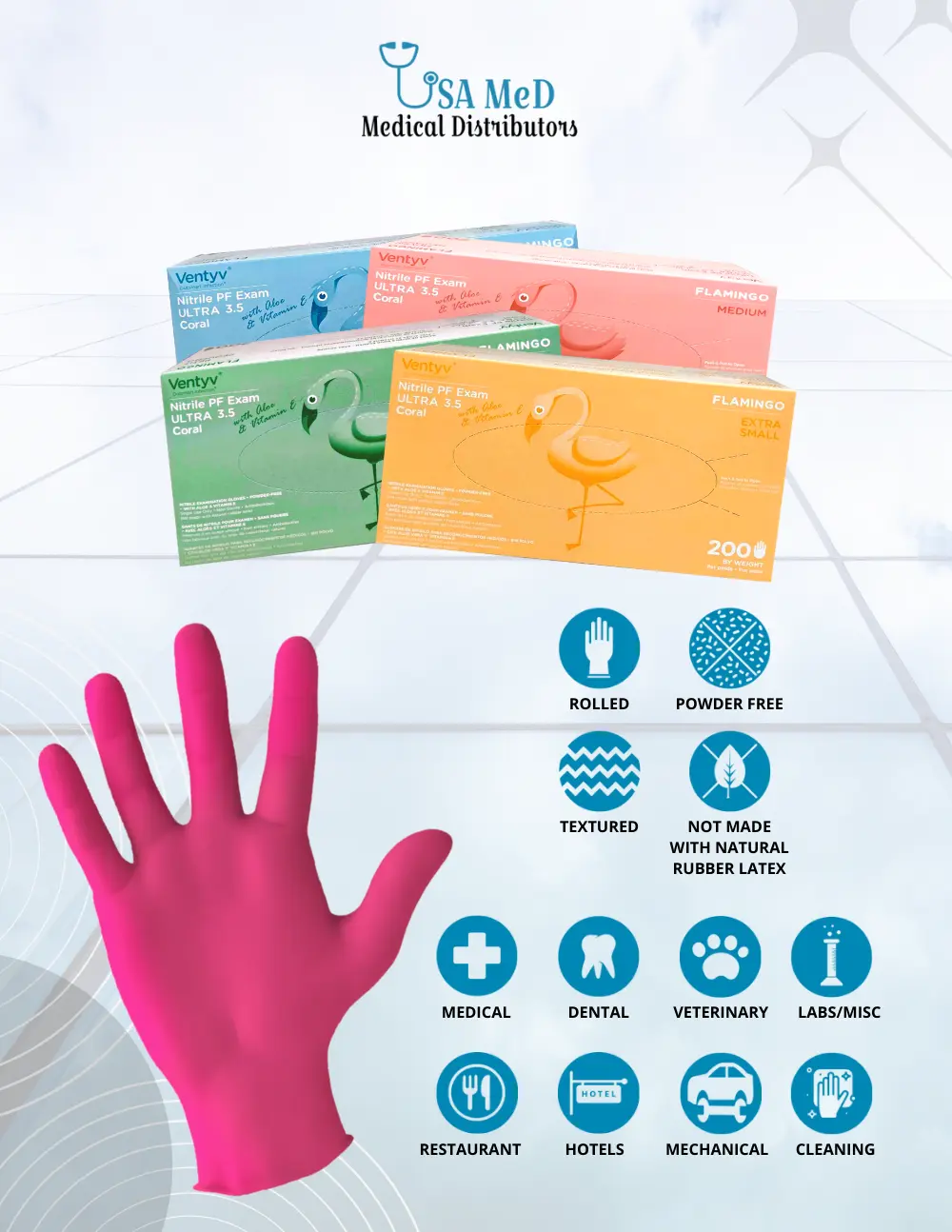
Phone Number: (239) 266 -1290
Email Addresses:
sales@usamedicaldistributors.com
customercare@usamedicaldistributors.com
Mailing Address :
501 Goodlette, Frank Rd N A105, Naples, FL 34102
Copyright 2022 – 2024. USAMED Medical Distributors. All rights reserved.
Privacy Policy | Return and Refund Policy
| Website by M. Escober